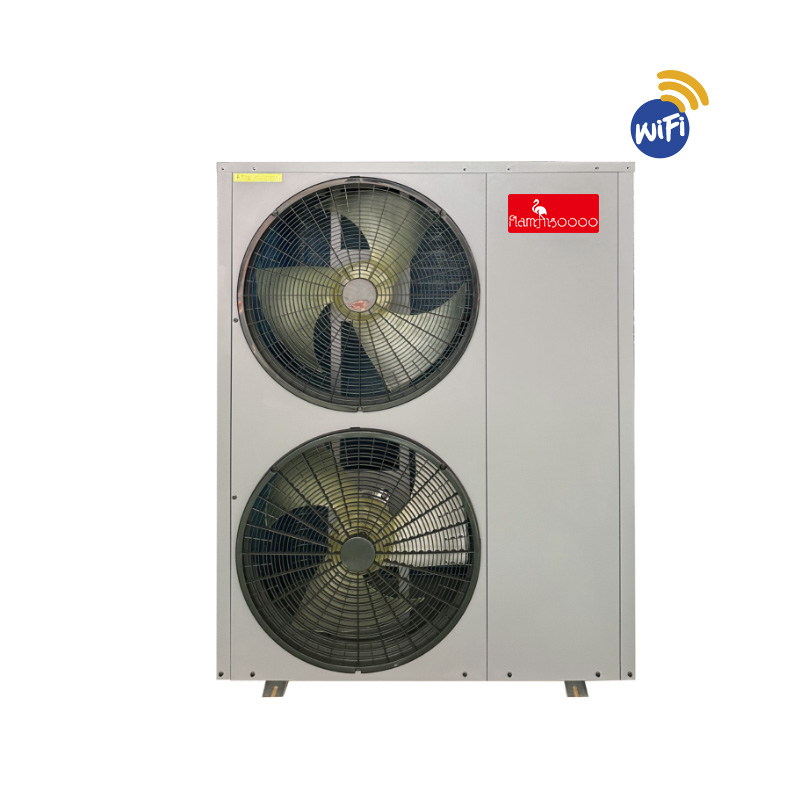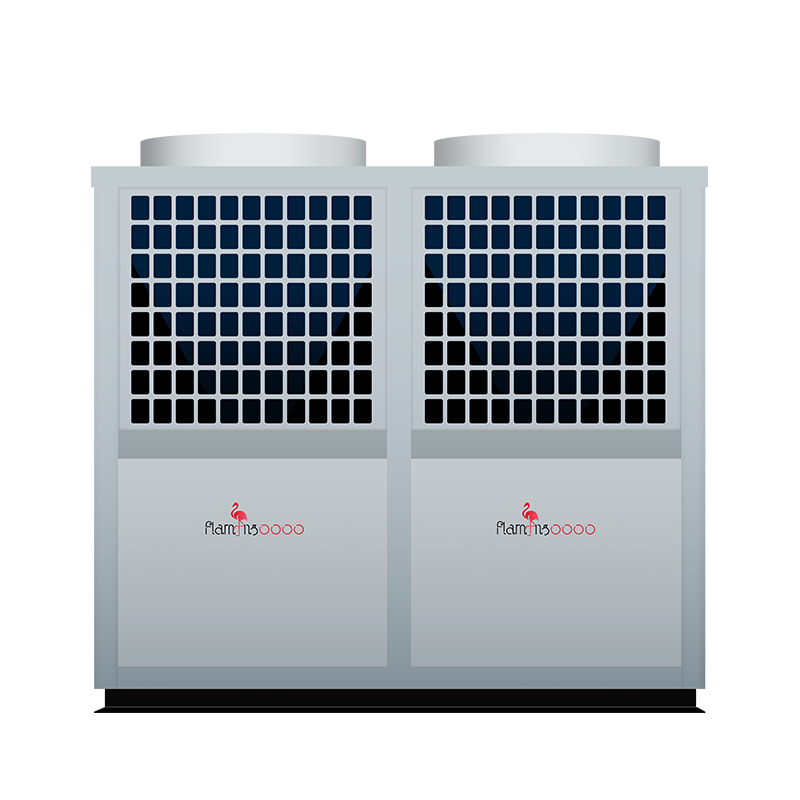Is It Worth Installing a Ground Source Heat Pump
As the global community increasingly prioritizes sustainability and energy efficiency, ground source heat pumps (GSHPs) are emerging as a compelling solution for heating and cooling residential and commercial buildings. But is the investment in a GSHP truly worth it? Let's delve into the details.
Understanding Ground Source Heat Pumps
A ground source heat pump operates by utilizing the relatively constant temperatures found underground. During winter, it extracts heat from the ground and pumps it into the building; in summer, the process is reversed to cool the indoor space. This method can dramatically reduce energy consumption and the overall carbon footprint of a property.
Market Growth and Popularity
The heat pump market has seen exponential growth in recent years, with GSHPs leading this trend. According to recent industry reports, the global heat pump market is expected to grow by over 10% annually through the next decade. This surge is driven by several factors, including government incentives, increasing environmental consciousness, and rising energy costs.
Cost Analysis: Initial Investment vs. Long-Term Savings
One of the primary considerations for homeowners is the cost. The initial installation of a ground source heat pump can be significantly higher than traditional heating and cooling systems. However, the long-term savings can be substantial. GSHPs typically have a coefficient of performance (COP) of 3 to 5, meaning they can produce three to five units of heat for every unit of electricity consumed. This efficiency translates to lower energy bills, often recouping the initial investment within 5 to 10 years.
Additionally, many regions offer rebates, grants, and tax incentives for installing renewable energy systems, which can further reduce the upfront costs. For example, in the United States, the federal tax credit for geothermal heat pumps can cover up to 26% of the installation cost.
Environmental Impact
The environmental benefits of GSHPs are significant. These systems can drastically lower greenhouse gas emissions, aligning with global efforts to combat climate change. By reducing reliance on fossil fuels and leveraging the Earth's natural heat, GSHPs contribute to a more sustainable energy landscape. As governments set ambitious net-zero targets, the role of ground source heat pumps in achieving these goals cannot be overstated.
Challenges to Consider
Despite their numerous advantages, potential buyers should be aware of the challenges associated with ground source heat pump installations. The initial site assessment is crucial; not all properties are suitable for GSHPs, as they require adequate space for underground loops and appropriate ground conditions. The installation process can be invasive and may require significant groundwork, making it essential to work with qualified professionals who have experience in the field.
Furthermore, while GSHPs are largely low-maintenance, regular inspections and potential repairs are still necessary, which can add to long-term costs.
Future Prospects
Looking ahead, the technology behind ground source heat pumps is expected to advance, making them even more efficient and cost-effective. Innovations in drilling techniques and system design will likely reduce installation times and costs, making GSHPs accessible to a broader range of consumers.
Conclusion
In conclusion, the decision to install a ground source heat pump is multifaceted and highly individual. For those committed to sustainability, energy savings, and reducing their carbon footprint, GSHPs represent a promising investment. As awareness and adoption of renewable energy technologies grow, ground source heat pumps could become a cornerstone of energy-efficient living.
Homeowners and businesses interested in making a positive impact on the environment while enjoying consistent and reliable heating and cooling should certainly consider exploring this innovative solution. With the right planning and professional guidance, installing a ground source heat pump could be one of the best investments for a greener future.










